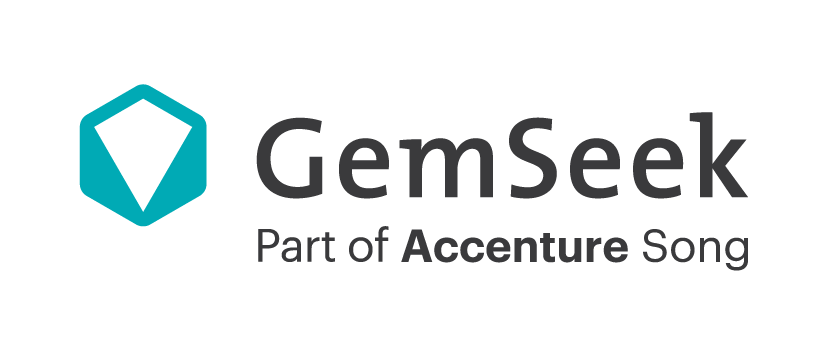Are you up-to-date with the most recent episode of “The CX Impact” podcast, brought to you by GemSeek? In this episode, two customer experience experts explore the real-world effects of CX initiatives, the significance of maintaining customer connections, and the future trajectory of CX. Listen in for valuable insights and perspectives.
Customer centricity and understanding the business goals of CX Initiatives
Creating a top-notch CX experience is crucial for the success of most large companies. However, figuring out how to incorporate customer feedback into the process and show the business impact of those efforts can be a challenge for many organizations.
"Buying on faith is no longer the case. We need to be able to show the business impact."
Mark Ratekin
At the heart of any successful CX initiative is an efficient CX team. Over the last few years, we’ve gained access to more data than ever before, but despite being data-rich, we often fall short in insights. Simply having data is not enough – what truly sets successful CX initiatives apart is the ability to understand that data effectively.
This is where customer experience professionals come in – they possess a deep understanding of what motivates customers and have a keen awareness of their needs and desires.
"Your employees are also customers. They are family members. We all play a variety of different roles. From time to time, you need to understand that context to get what the nature of CX is."
Mark Ratekin
When it comes to creating a CX program, it’s important to ask yourself: why are we doing this in the first place? What business goals are we trying to achieve? They can be broken down into three areas:
In terms of top-line impact, the goal is to identify ways to deepen customer relationships, acquire new business, and address any retention issues.
On the bottom line, the focus shifts to identifying the cost to serve customers. And finally, from a cultural perspective, the aim is to infuse customer centricity into the very fabric of the organization’s DNA.
This is where customer experience professionals come in – they possess a deep understanding of what motivates customers and have a keen awareness of their needs and desires.
Why do you want to develop a CX program? The single worst answer I can get is “I’ve been told that I need to get an NPS score”. There’s nothing wrong with NPS scores. But the answer that I prefer to hear is, “Well, we’ve noticed that we’re having some issues retaining some of our key accounts and we’d like to understand that more so that we can turn it around.”
Mark Ratekin
Levels of CX maturity: creating a framework / Company Maturity assessment for CX Success
Moving from a state where your initiatives have no impact to a more sophisticated approach requires a comprehensive understanding of your company’s maturity level. Having a company maturity assessment is one of the best ways to lay the base of strategic and tactical recommendations for future program developments. Mark Ratekin shares a maturity framework, endorsed by Forsta, consisting of:
- Vision
- Design
- Engagement
- Action
- Value
To effectively advance through the stages of the maturity framework for CX initiatives, it’s important for companies to identify and address immature areas within their strategy. This approach can help raise the organization’s overall maturity level, which can lead to greater success in achieving business objectives.
However, it’s not uncommon for organizations to struggle in identifying value, which can be a key area of challenge when it comes to CX initiatives.
What does the future of CX hold?
In the future, companies will be more proactive in providing value to their customers by co-creating with them. They will also focus on educating their customers and solving their problems even before they arise. By understanding their customers’ patterns and behaviors, companies can better anticipate their needs and direction.
In today’s uncertain economy, businesses need to be able to identify their ROI and mitigate risks to allocate their scarce resources effectively. It’s no longer enough to invest in faith alone. This is why focusing on customer experience will continue to be important. As technology advances, we can expect to see more tools like AI being used to help businesses identify the impact of their CX initiatives on the bottom line.
Crack the code to profitable CX
Read Forsta’s new free e-book “Business value of CX”.
In a world of growing expenditure and tightening budgets, it’s crucial to armor your CX initiatives against cost-cutting exercises by making their value clear and tangible to the wider business.



